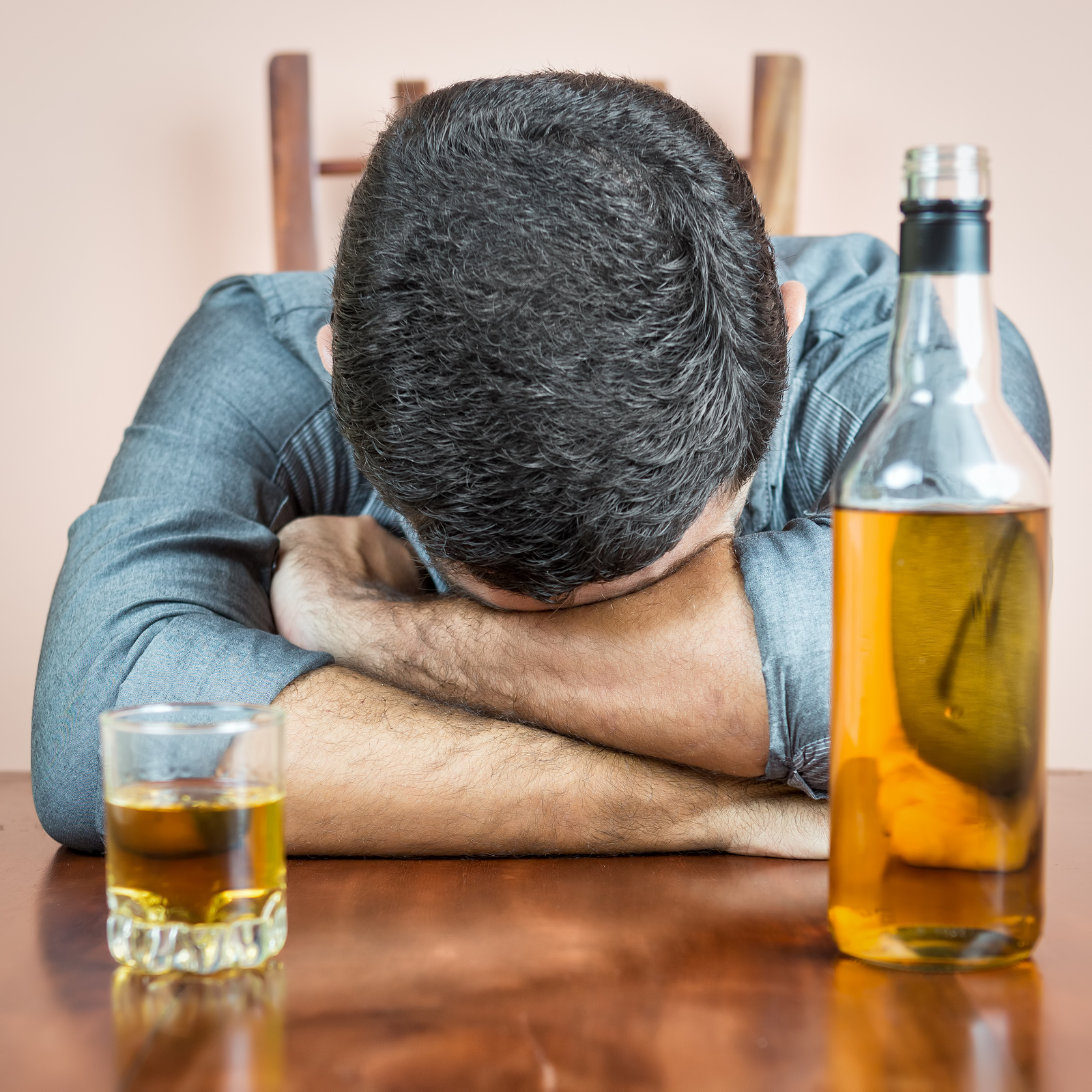Taking alcohol disorderly and poor health

Taking alcohol disorderly and poor health. There is nothing good about alcohol and the sooner we quit the better.
Taking alcohol disorderly and poor health: Reduction of life expectancy
Even though alcohol consumption is not a crime in most states, it is a dangerous substance that can bring your whole world down. And being ignorant of the consequences does not really spare you from the dangers. And speaking to experts from AWAREmed Health and Wellness Resource Center under the leadership of doctor Dalal Akoury MD, it is worth noting that alcohol can reduce your life expectancy by about 10 – 12 years? That means, taking alcohol disorderly is a must stop the activity. And to help in stopping this, doctor Akoury made a deliberate decision of creating health awareness to the public through this media and encouraging people to consult with experts from time to time about alcohol use. Therefore, if you’re struggling with alcohol addiction, you may want to schedule an appointment with doctor Dalal Akoury today for the commencement of your treatment program.
Taking alcohol disorderly and poor health: Premature death from alcoholism
It is evident that alcoholism disorder can affect the body in so many ways whose destinations can only be premature death of victims. Whichever way you look at it miss use of alcohol will only succeed in delivering destruction to human health and that has been confirmed by researchers across the globe. Doctor Akoury acknowledges that even though heavy drinking is closely associated with premature death, it is however not just about that but there is also some other higher risk of alcohol use that is more common and serious to health problems including heart attack, heart failure, diabetes, lung disease, or stroke. It is important for users of chronic alcohol to understand that reckless consumption of this substance may lead to many problems that can increase the risk for death; some of those situations may include the following:
- A single alcohol overdose can lead to death and it is important to note that alcohol overdose does not only occur from any one heavy drinking incident but may also occur from a constant infusion of alcohol in the bloodstream says doctor Akoury.
- Alcohol abusers who need surgery have an increased risk of postoperative complications, including infections, bleeding, insufficient heart and lung functions, and problems with wound healing.
- Frequent, heavy alcohol use directly harms many areas in the body and produce dangerous health conditions including the liver damage, pancreatitis, anemia, upper gastrointestinal bleeding, nerve damage, and erectile dysfunction.
- People who miss using alcoholic drinks regularly have a higher rate of death from injury or violence.
- Severe withdrawal and delirium tremens. Delirium tremens occurs in about 5% of alcoholics. It includes progressively severe withdrawal symptoms and altered mental states. In some cases, it can be fatal.
Finally, alcohol consumption can only cause you temporal happiness, but in the long run, it will bring you down. Your health is priceless and you must not let alcohol mess it up.
Taking alcohol disorderly and poor health: Reduction of life expectancy
http://regenerativepotential.com/wp-admin








